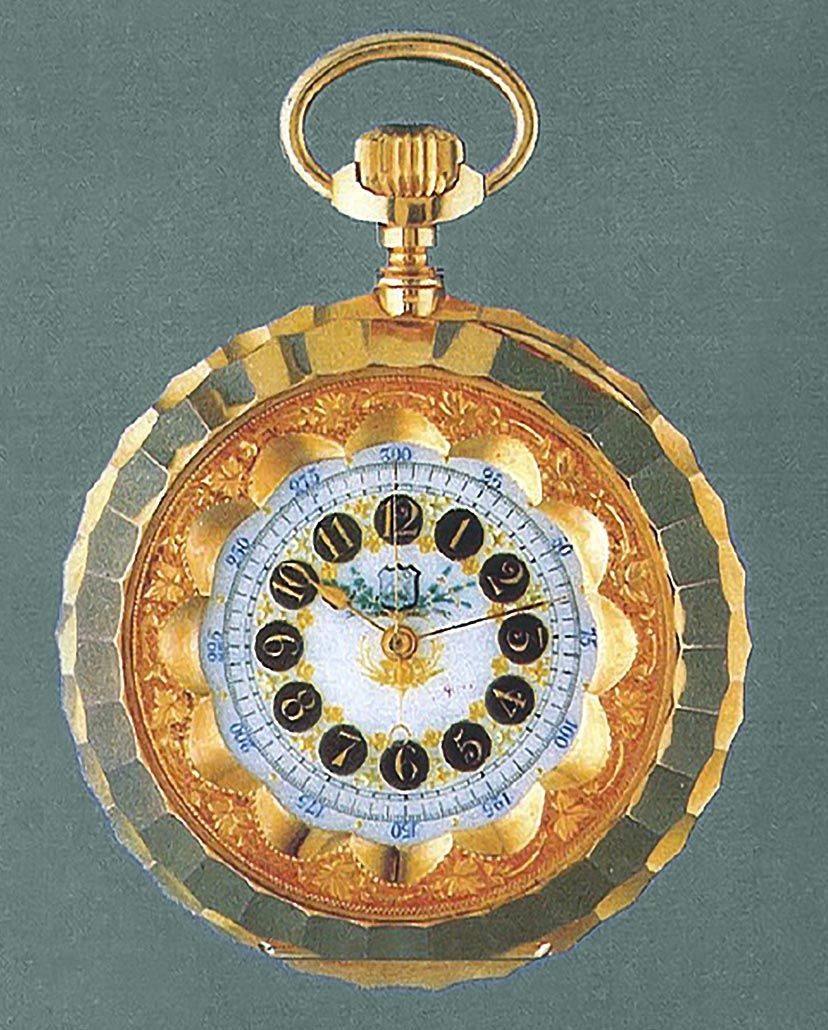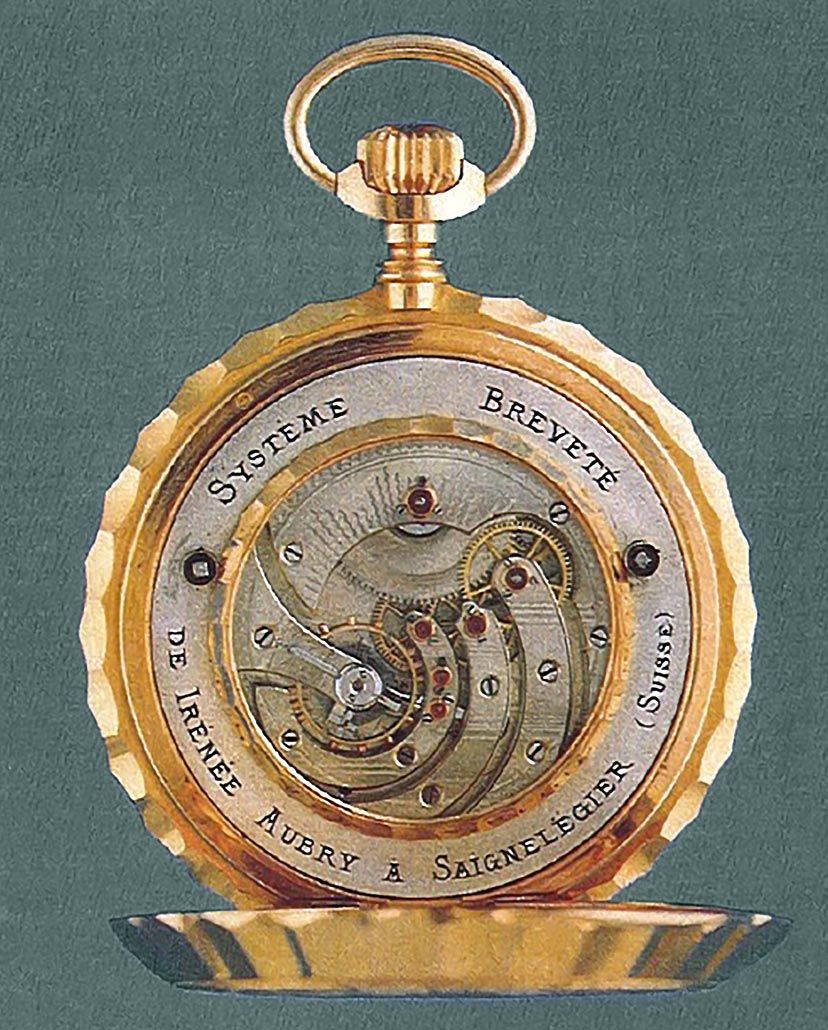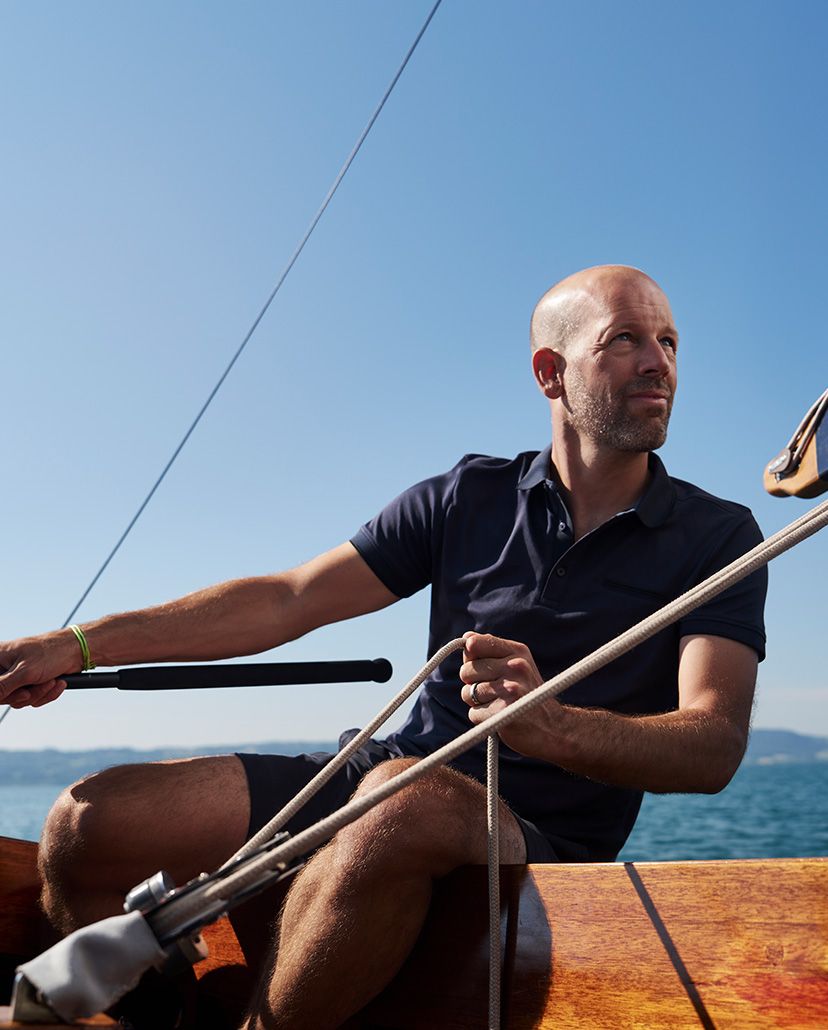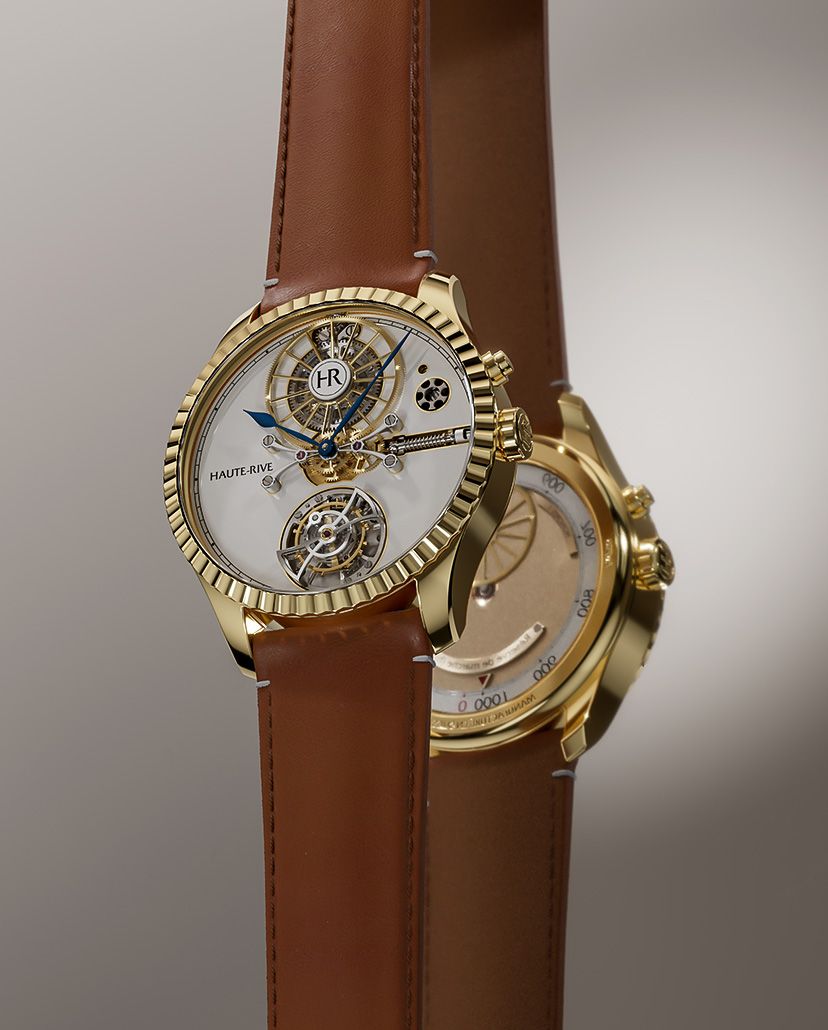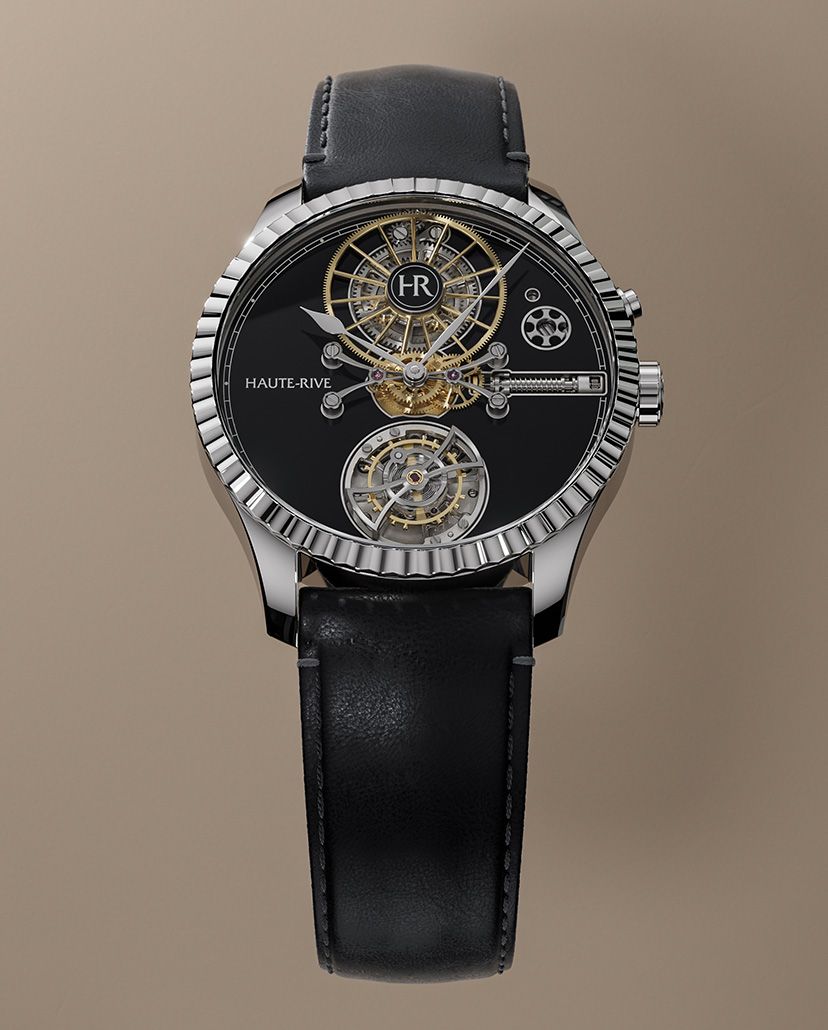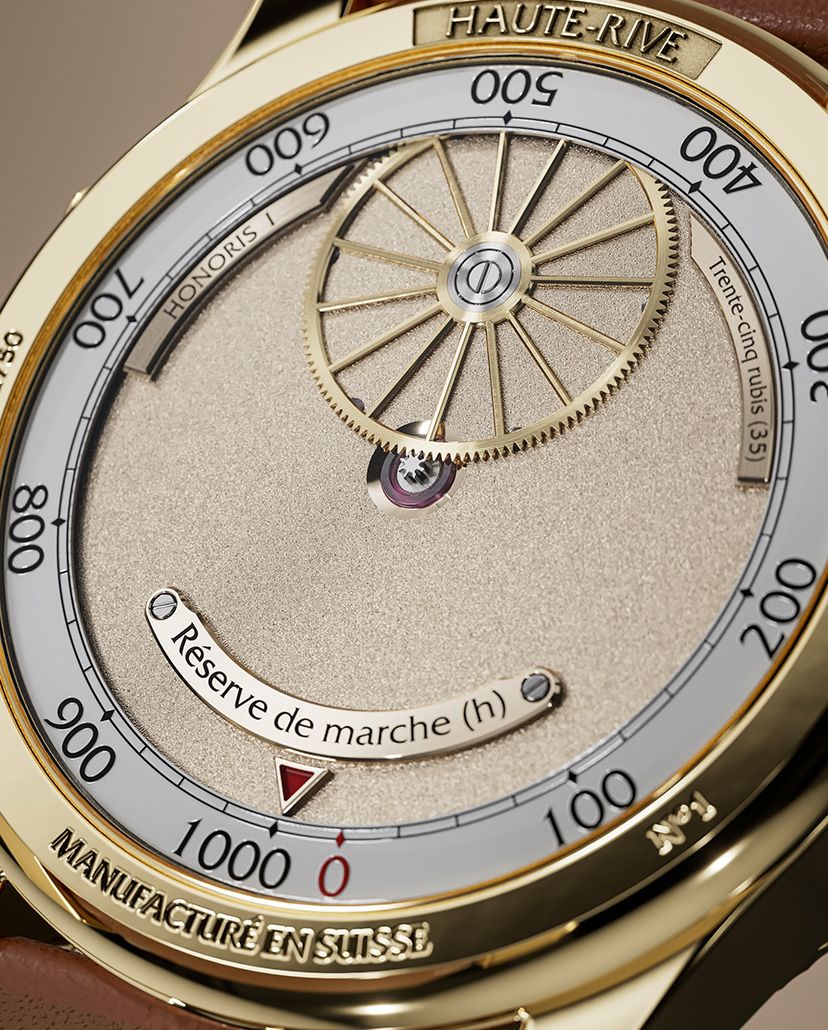FeatureHit The Ground Running: New Swiss Watchmaking Brand Haute-Rive Debut With The Honoris I
Spearheaded by Stéphane von Gunten, a proficient inventor with an impressive CV to his name, Haute-Rive is born. And the brand knocked it out of the park with their very first timepiece itself—the Honoris I with an astonishing power reserve of 1,000 hours
May We Recommend
One mainspring, a 42.5mm case size, a height of 11.95mm, and a power reserve of 41 days. Oh, and it also has a tourbillion. Enough to catch your attention? That’s exactly what Swiss brand Haute-Rive were after, and we’d say they’ve succeeded.
For those well acquainted with the world of horology, the shock value immediately sets in. To the untrained eye, however, a bit of background might be required. Read on to understand what makes the Honoris I—apart from its striking aesthetics and practicality—such a head-turner.
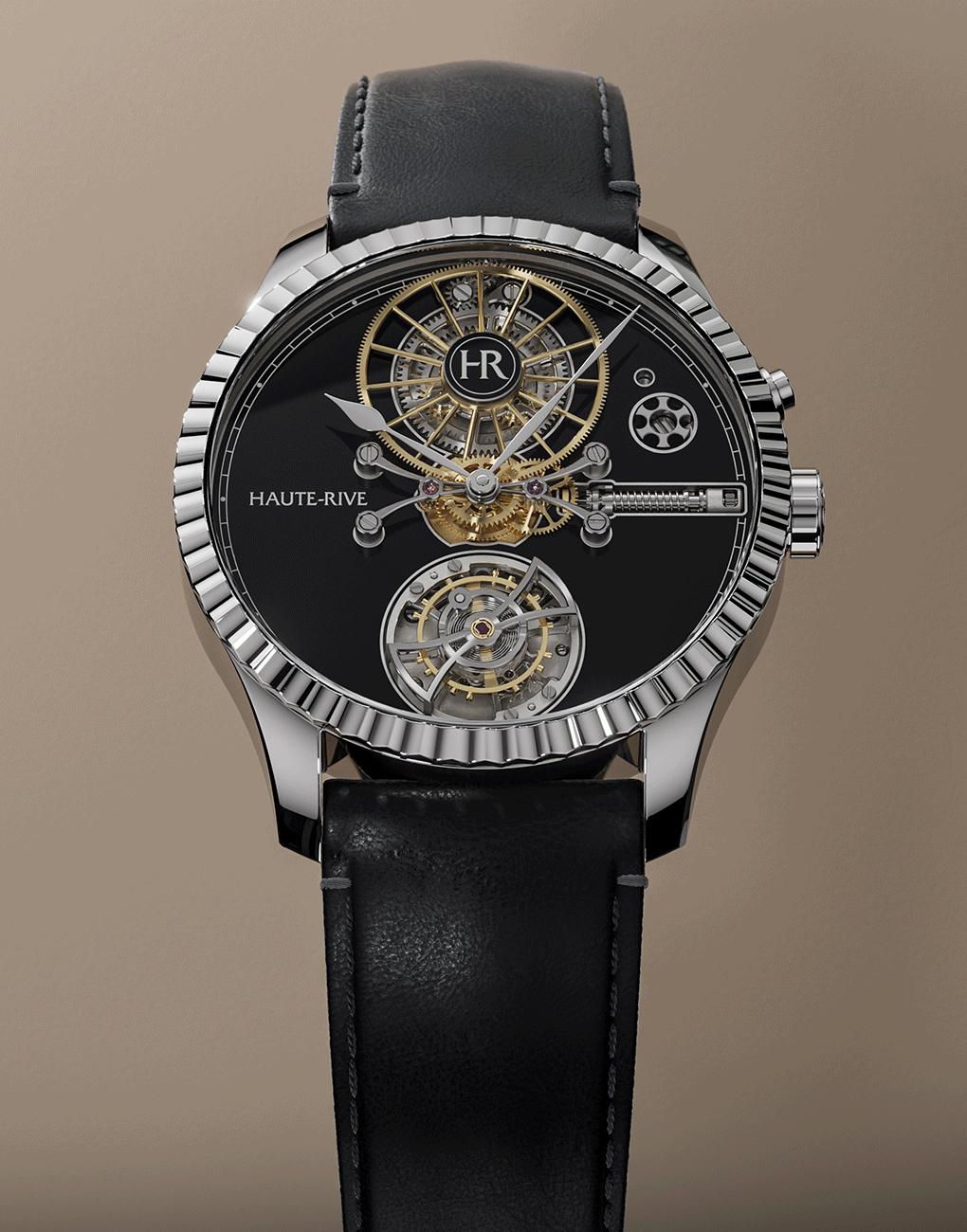
The ‘High Shore’ Of Lake Neuchâtel: Where It All Began For Haute-Rive
In the world of watchmaking, the heritage and history of a watchmaking brand are just as important as the product itself. In the case of Haute-Rive—an absolutely new brand in a world where we see watchmakers from the 18th century—heritage plays a vital role.
For starters, haute-rive literally translates to ‘high shore’, a name given to the place on the shores of Lake Neuchâtel where Stéphane von Gunten’s great-great-grandfather, Irénée Aubry set up his watchmaking workshop.
Turns out, Irénée Aubry himself held about 30 patents to his name, with multiple innovations to under his belt that caused quite a stir in the world of watchmaking. To begin with, Stephan’s great-great-grandfather was the inventor of the Hebdomas (after which the Honoris I is named)—a pocketwatch that offered eight days’ running time, and was produced at a rate of 1,000 units per day, which was an extraordinary distinction for the 1900s.
What’s more exciting, especially to a history buff like me, is the fact that Irénée Aubry also created the Montre du Pape, a timepiece presented to Pope Leo XIII on the occasion of his jubilee celebration. The pocket watch ran for 40 days after being wound completely.
That timepiece featured a gold, fluted bezel, a motif Stéphane has echoed in his Honoris I. Why the bezel is so important, we’ll get to in a bit.
Proust Madeleine: Tapping Into Family History And Intrinsic Innovation
As part of the fifth generation of a family of watchmakers, Stéphane holds his own when it comes to horology. His illustrious career in the industry has included a couple of years at Patek Philippe and a decorated stint in Ulysse Nardin, where Stéphane filed over 30 patents. Like great-great-grandfather like great-great-grandson! In fact, he was the driving force behind multiple innovations during his time as the director of research and innovation at Ulysse Nardin.
As a child, Stéphane had often heard about this foundational event in his family’s history: The Pope’s watch. It was the basis of Stéphane’s inspiration. ‘It’s his Proust’s Madeline, the emotional touchstone from which he draws his creative genius,’ according to the brand.
As a result of his undying need for innovation, he decided to branch out on his own in the summer of 2022. A year and some change later, after establishing a web of suppliers and specialists based in Neuchâtel, the brand came out with the Honoris I, and it’s fair to say that the inventor has done justice to his family legacy.
The Honoris I: Haute-Rive And Their Architecture Of ‘Long Time’
Apart from telling the time, the power reserve is perhaps the most important aspect of a watch. If we’re being perfectly honest, most complications are largely ignored once the new-watch excitement wears off. But knowing that you can keep your watch down, pick it up again after a few days, and still have it running instead of having to wind it and set the time again is something that makes life just a tad bit easier.
While the industry standard is 2 to 3 days of power reserve, the Honoris I offers a 41-day power reserve. The HR01 calibre features an astonishing mainspring size of 3m (the longest ever installed in a wristwatch), which means they literally went as big as they could without ruining the overall dimensions of the watch. Go big or go home, right?
To deliver the smoothest possible torque, it is fitted with a sliding flange that prevents surges and peaks. The sliding flange also protects the gear train when the spring is fully cocked.
As the large mainspring barrel occupies the caseback (while being completely hidden between the main plate and a cover plate), it elevates the other components of the watch. To maintain its slender 11.95mm thickness, the great wheel and flying tourbillon are left above the dial.
The barrel communicates on one side with the power reserve indicator, located on the caseback. A ring with a graduation from 0 to 1,000 in a 360-degree indication offers optimum readability at all times.
On the other end, the barrel engages a differential that connects it to the gear train and to the winding mechanism. The fluted bezel, when wound clockwise, drives a set of pinions at the edge, which drives the differential. As to why the watch is wound through the bezel, the force required and the number of barrel turns would make it impossible to use a component as small as a time-setting crown, which would have to be turned countless times to wind up a 3m-long spring completely.
The pusher you see on the side of the case just above the crown is actually a pretty nifty function selector. It’s driven by a column wheel that allows you to set the time through the crown, which itself cannot be pulled out.
In short, and as the brand proudly points out, the H01 calibre features a 1,000-power reserve with a single barrel, a mysterious flying tourbillon, and a function selector, with everything wound by the bezel, while maintaining a thickness just under 12mm.
The Aesthetic Marvel Of The Honoris I—The First Glowing Achievement Of Haute-Rive
Despite the intriguing architecture of the watch, at the heart of Stéphane von Gunten’s approach was a simple idea: to capture the formal elegance of a dress watch. A case size of 42.5mm and barely 12mm thickness could easily be considered the dimensions of an elegant chronometer with no special complications.
A fully polished gold case adorns these timepieces, with a grand feu enamel dial available in black or white. To execute the finishing, the champlevé technique is used at a high temperature on an 18-carat gold plate. Prior to the five consecutive firings, the plate is cut to accommodate the movement’s protrusions.
A large wheel on the dial—known as the wheel of time—along with the tourbillon creates quite a spectacular view on the dial. Two leaf-shaped, polished hands reinforce the aesthetics of this timepiece.
To conclude, Haute-Rive push the limits of what’s possible for new, independent brands. It seems almost like the perfect storm for Stephane Van Guten, having honed his watchmaking prowess during his career and having a family lineage to back his intuitiveness up.


